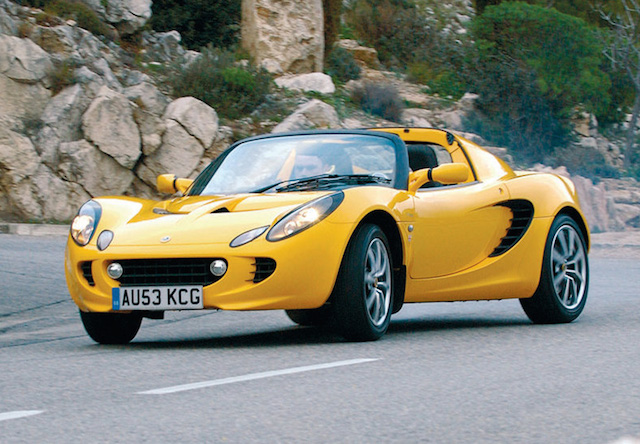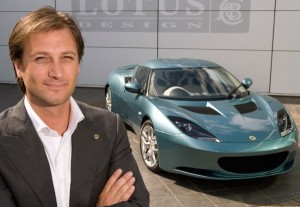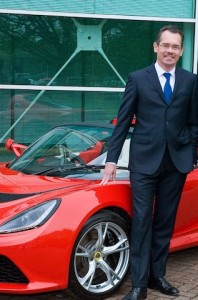
News that Lotus is going though yet another rebuild, this time with the potential loss of more than 300 jobs, brings to mind the blood-letting after the British brand hired former Ferrari executive Dany Bahar in 2009. The restructuring before the latest round of restructuring came at the Paris motor show in 2010. I was at the Lotus stand, waiting for the press conference to start, when I spotted two ex-pat Kiwi businessmen deep in discussion in a roped-off area. Surprise! Surprise! Neville Crichton and Kevin Wall. Crichton’s Ateco Automotive company handled Ferrari and Maserati in New Zealand and Australia then and Wall was his main man. What were they doing in rival territory with Lotus’ Malaysian owners? Wall (now regional manager for Aston Martin in NZ and Australia) recognised me, wandered over and said they were just visiting. Something like that anyway. 
sacked in 2012 Minutes later, CEO Bahar unveiled an ambitious 10-year NZ$1.6 billion plan for Lotus. Its global sales network would be overhauled, he said. There would be five new Lotus models, starting with the supercar Esprit, he said. Lotus would expand into emerging markets such as China, he said. I rushed off to the press centre and quickly wrote a piece for the motoring pages of the NZ Herald, adding that no way in the world were Crichton and Wall ‘just visiting’ the Lotus stand. Crichton’s PR Edward Rowe would say only that their presence at the Lotus stand was basically none of my business but that Ateco, like any smart company, was always looking for ‘business opportunities.’ There had been speculation for some time that Ferrari’s operation in this part of the world would largely become a factory-owned franchise, ending Crichton’s exclusive seven-year association (although he would retain his Ferrari Maserati outlet in Sydney). Would the changes at Ferrari and the new global changes for Lotus pave the way for Crichton to handle Lotus in NZ and Australia? That is exactly what happened, but not before more drama. I interviewed Bahar at Lotus headquarters in the northeast of England in 2011. We talked mostly about why he believed Lotus had been neglected as a brand. “Twenty years ago we were mentioned in the same breath as Ferrari and Lamborghini. But there has been no investment lately,” he said. “Our new range will be world class, innovative, pioneering and green.” 
- A couple of years ago Crichton’s PR Rowe outlaid plans for Lotus in NZ. They included driver training days modelled on the Lotus Driving Academy. “We are looking at using tracks in Australia and New Zealand for the academy,” said Rowe. “They are an excellent sales tool for both bringing customers to the brand and demonstrating what the cars are capable of in a safe and controlled environment.”
